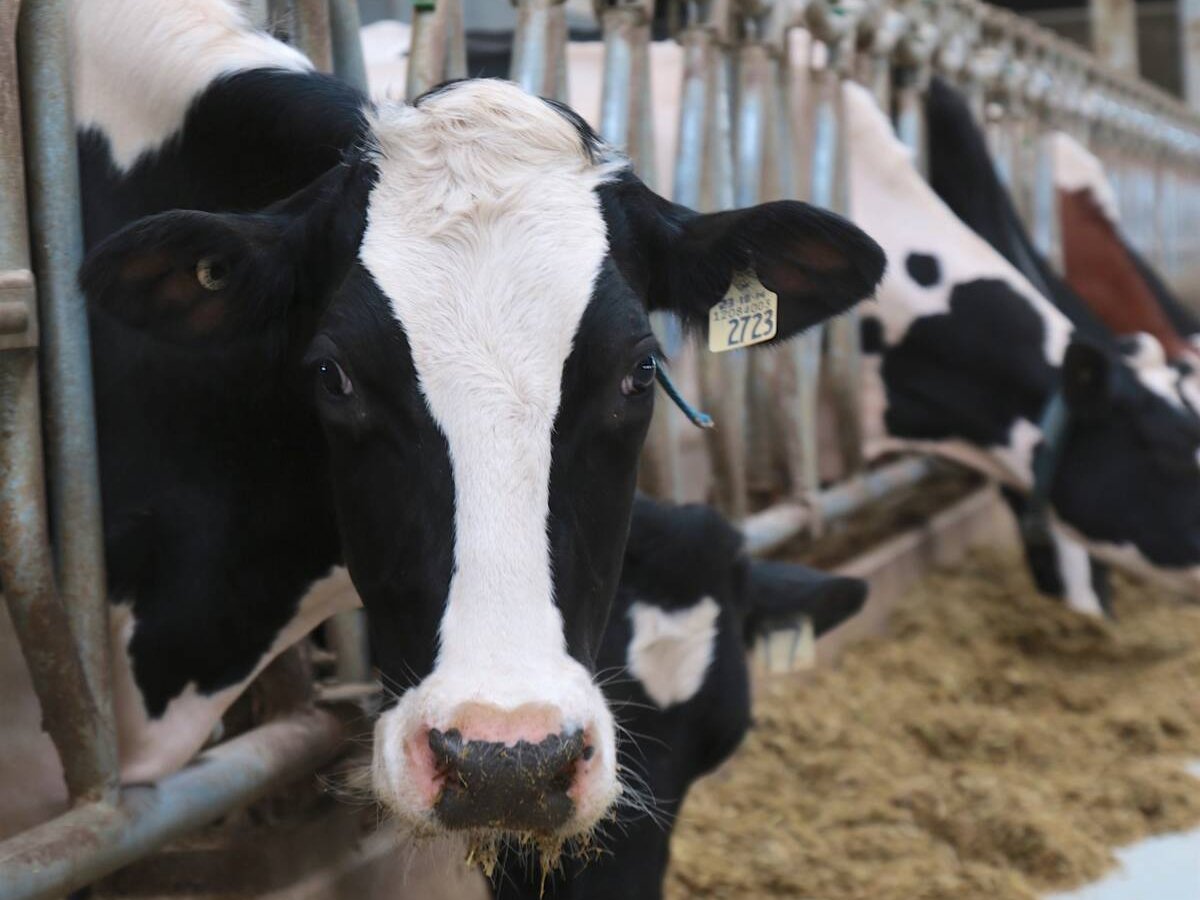U of R researcher says the project will last another four years and work with researchers, policy makers and producers
In the midst of drought, not many people are thinking about flooding, but researcher Peng Wu of the University of Regina is deep into research on the subject.
Wu is using artificial intelligence to address climate change and flooding on the Prairies, specifically in southern Saskatchewan.
“Our industry partners are using artificial intelligence to do some air stimulation or air pollution modelling,” Wu said. “And we realized probably there’s potential to apply this artificial intelligence to agriculture land flooding because that has never been used before.”
Read Also

The Organization for Economic Co-operation and Development lauds Canada’s low farm subsidies, criticizes supply management
The Organization for Economic Co-operation and Development lauded Canada’s low farm subsidies, criticized supply management in its global survey of farm support programs.
Wu said agricultural land flooding has not been thoroughly explored in Saskatchewan.
“Not that much work can be found from the research field,” he said. “So that’s why we want to apply this tool, especially in Saskatchewan, to predict the agriculture land flooding in the province.”
According to Wu, flooding is becoming more common as time goes on. He attributes that to climate change.
“In the past, you might see very bad flooding every 10 years. But right now you see bad flooding every five years,” he said.
Wu and his team are using a three-pronged approach to analyze and predict flooding.
“Basically we are trying to incorporate the input from, for example, researchers, policy makers, and producers.”
Wu said it’s important to work with producers.
“We want to know their concern about agriculture land flooding.”
“And we realized flooding causes a lot of damage to farmers, it hurts farmers.”
So far, Wu and his team have done preliminary research for a year. He expects the project to take four more years, with more in-depth research and collaboration with industry partners and producers.
“We want to give out some tools that can be used by local producers, by farmers, even by decision makers to understand agriculture land flooding risk,” he said. “We want to see some real-time predictions about this type of flooding.
“We want to provide something to the decision maker, to policy making. How to better mitigate all these lasting impacts of agriculture land flooding. That’s another output we are hoping for.”
The project recently received a $149,000 grant from the Agricultural Development Fund.















